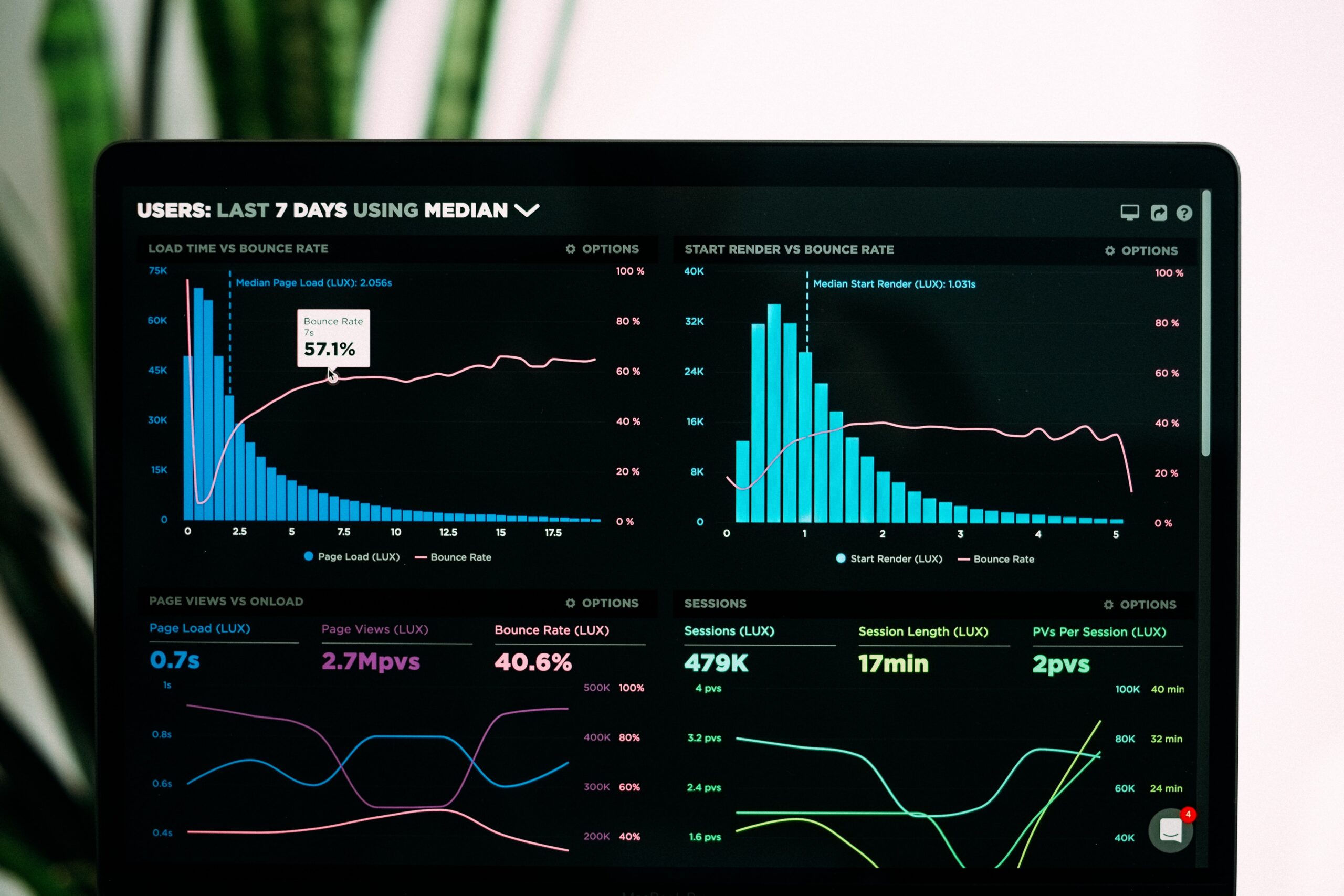In today’s data-driven world, understanding and utilizing data is more important than ever before. Data analysis is a powerful tool that can be used to uncover valuable insights and make informed decisions in a variety of sectors. The process of data analysis consists of several key steps, including planning, data collection, cleaning and preparation, analysis and interpretation, and communicating results and recommendations. In this guide, we will walk you through each step of the data analysis process and provide tips and best practices for unlocking the power of data analysis.
Planning and Data Collection: This step involves defining the research question and objectives, identifying the data sources, and collecting the necessary data
Data analysis is a vital process that helps businesses and organizations make informed decisions. However, before diving into the analysis, it’s important to properly plan and collect the data. In this article, we’ll discuss the importance of planning and data collection in the data analysis process.
First, let’s talk about planning. Before collecting any data, it’s essential to define the research question and objectives. This helps to ensure that the data collected is relevant and useful for answering the question at hand. Without a clear research question, data collection can become haphazard, resulting in a large amount of irrelevant data that is difficult to analyze.
Next, we’ll discuss data collection. Once the research question and objectives are defined, it’s important to identify the data sources that will be used. This could include internal company data, external data from public sources, or a combination of both. It’s also important to consider the quality and reliability of the data sources. Poor quality data can lead to inaccurate conclusions and poor decision-making.
In conclusion, planning and data collection are crucial steps in the data analysis process. Without proper planning, the data collected may not be relevant or useful. And without careful data collection, the data may be of poor quality. By taking the time to plan and collect data properly, businesses and organizations can ensure that their data analysis is accurate and informative.
Data Cleaning and Preparation: This step involves cleaning and prepping the data for analysis, including tasks such as dealing with missing or inconsistent data and converting data into a format that can be easily analyzed
Data analysis is a critical process that helps organizations make informed decisions. However, before diving into the analysis, it’s essential to properly clean and prepare the data. In this article, we’ll discuss the importance of data cleaning and preparation in the data analysis process.
First, let’s talk about data cleaning. This step involves identifying and addressing any issues with the data, such as missing or inconsistent values. Without proper data cleaning, these issues can lead to inaccurate conclusions and poor decision-making. For example, if a dataset includes missing values, any statistical analysis performed on that dataset will not include the missing observations, which can lead to biased or incorrect results.
Next, we’ll discuss data preparation. This step involves converting the data into a format that can be easily analyzed. This could include tasks such as merging multiple datasets, creating new variables, or transforming existing variables. Data preparation is crucial because it ensures that the data is in a format that can be easily understood and analyzed.
In conclusion, data cleaning and preparation are essential steps in the data analysis process. Without proper data cleaning, the data may contain errors or inconsistencies that can lead to inaccurate conclusions. And without proper data preparation, the data may be difficult to understand and analyze. By taking the time to clean and prepare the data properly, organizations can ensure that their data analysis is accurate and informative.
Data Analysis and Interpretation: This step involves using statistical and analytical techniques to explore the data and draw conclusions
Data analysis is a key process that helps organizations make informed decisions. One of the most crucial steps in data analysis is data analysis and interpretation. In this article, we’ll discuss the importance of data analysis and interpretation in the data analysis process.
First, let’s talk about data analysis. This step involves using statistical and analytical techniques to explore the data and draw conclusions. Data analysis can include tasks such as descriptive statistics, hypothesis testing, or machine learning. This step is important because it helps organizations understand the patterns and relationships within their data.
Next, we’ll discuss data interpretation. This step involves making sense of the data and drawing meaningful conclusions. Data interpretation is crucial because it helps organizations understand the implications of the data analysis and how it can inform decision-making. For example, data interpretation can help organizations identify trends or patterns that they can use to improve their business operations.
In conclusion, data analysis and interpretation are vital steps in the data analysis process. Without proper data analysis, organizations may not fully understand the patterns and relationships within their data. And without proper data interpretation, organizations may not be able to identify the implications of the data analysis. By taking the time to analyze and interpret the data properly, organizations can ensure that their data analysis is accurate and informative.
Communicating Results and Recommendations: This step involves presenting the findings and insights from the analysis in a clear and understandable way, and making recommendations for action or further research
Data analysis is a crucial process that helps organizations make informed decisions. However, the process of data analysis is not complete without effectively communicating the results and recommendations. In this article, we’ll discuss the importance of communicating results and recommendations in the data analysis process.
First, let’s talk about communicating results. This step involves presenting the findings and insights from the analysis in a clear and understandable way. This could include creating visualizations, reports, or presentations. Effective communication of results is important because it helps to ensure that the information is easily understood by the intended audience and can inform decision-making.
Next, we’ll discuss recommendations. This step involves making suggestions for action or further research based on the results of the data analysis. Recommendations are important because they can help organizations to take action on the insights gained from the data analysis. For example, if a data analysis reveals that a particular marketing campaign was not effective, recommendations could be made to improve the campaign in the future.
In conclusion, communicating results and recommendations are essential steps in the data analysis process. Without proper communication of results, organizations may not fully understand the insights gained from the data analysis. And without recommendations, organizations may not be able to take action on the insights gained. By taking the time to communicate results and recommendations properly, organizations can ensure that their data analysis is accurate and informative, and that they can take action based on the insights gained.
Understanding Limitations and Uncertainties: This step involves acknowledging the limitations of the data and analysis, and understanding the level of uncertainty in the conclusions drawn
Data analysis is a vital process that helps organizations make informed decisions. However, it’s important to understand the limitations and uncertainties of the data and analysis. In this article, we’ll discuss the importance of understanding limitations and uncertainties in the data analysis process.
First, let’s talk about limitations. Every data analysis has certain limitations that can impact the conclusions that can be drawn from the data. These limitations can include factors such as the sample size, the quality of the data, or the scope of the analysis. Understanding the limitations of the data and analysis is important because it helps organizations to understand the level of uncertainty in the conclusions drawn.
Next, we’ll discuss uncertainties. Every data analysis has an element of uncertainty, which can impact the conclusions that can be drawn from the data. These uncertainties can include factors such as measurement error, model assumptions, or missing data. Understanding the uncertainties of the data and analysis is important because it helps organizations to understand the level of uncertainty in the conclusions drawn.
In conclusion, understanding limitations and uncertainties are essential steps in the data analysis process. Without understanding the limitations and uncertainties, organizations may not be able to fully understand the level of uncertainty in the conclusions drawn from the data analysis. By taking the time to understand limitations and uncertainties, organizations can ensure that their data analysis is accurate and informative. This can help organizations to make more informed decisions and to acknowledge the level of uncertainty in the conclusions.







